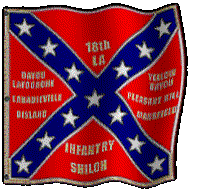Click 👉Today in History: December 13 (historynet.com), Dec. 13
ON THIS DAY IN CONFEDERATE HISTORY, Dec. 13
1861: Battle of Camp Allegheny (Allegheny Mountain), Pocahontas County, (West) Virginia. Confederate Colonel Edward Johnson's Confederates repulsed an attack by Federal Brigadier General Robert Milroy's Federals. The Confederate casualties numbered 146 to the Federals numbered 137. The victory gained Johnson the nickname "Allegheny" Johnson. He was promoted to brigadier general dated from Dec. 13, 1861. Johnson would eventually become a major general and one of General Lee's best division commanders.
1862: Third Day of the Battle of Fredericksburg -- General Burnsides launches his Federal Army of the Potomac on a futile and bloody charge on General Lee's Confederate Army of Northern Virginia firmly entrenched in Mayre's Heights. The charge is repulsed with massive casualties on the Federal side. But among the Confederate casualties is the mortally wounded Confederate Brig. Gen. Thomas Reade Rootes Cobb of Georgia, whose brigade was defending the "Sunken Road" part of the Confederate defense line. On the Federal side, Brig. Gen. George Dashiell Bayard was mortally wounded by an enemy shell. Also, Federal Brig. Conrad Feger Jackson was killed in action by a gunshot wound to the head in the attack.
1864: Confederate Fort McAllister, Savannah, Georgia, falls to Sherman's bummers. The fort was defended by only 230 Confederates under Maj. George Wayne Anderson. The fort was quickly overrun by the attacking Federals. Lt. Gen. William J. Hardee, seeing the futility in trying to defend Savannah with his greatly outnumbered 10,000-man garrison, chose to evacuate the city and save his army to fight another day.
This is the history of Company K, Confederate States Rangers,
and the regiment to which it belonged, the 10th Louisiana Infantry.
It fought in nearly every major engagement of General Robert E. Lee's
Army of Northern Virginia, including the Yorktown Peninsula of 1862, the
Seven Days, Cedar Run, Second Manassas, Sharpsburg (Antietam),
Fredericksburg, Chancellorsville, Gettysburg, Mine Run, The Wilderness,
Spotsylvania Court House, the Shenandoah Valley Campaign of 1864,
Petersburg, and Appomattox. The book features photographs, illustrations,
maps, a bibliography, and an Index.
CONFEDERATE GENERAL BIRTHDAYS, Dec. 13
None.
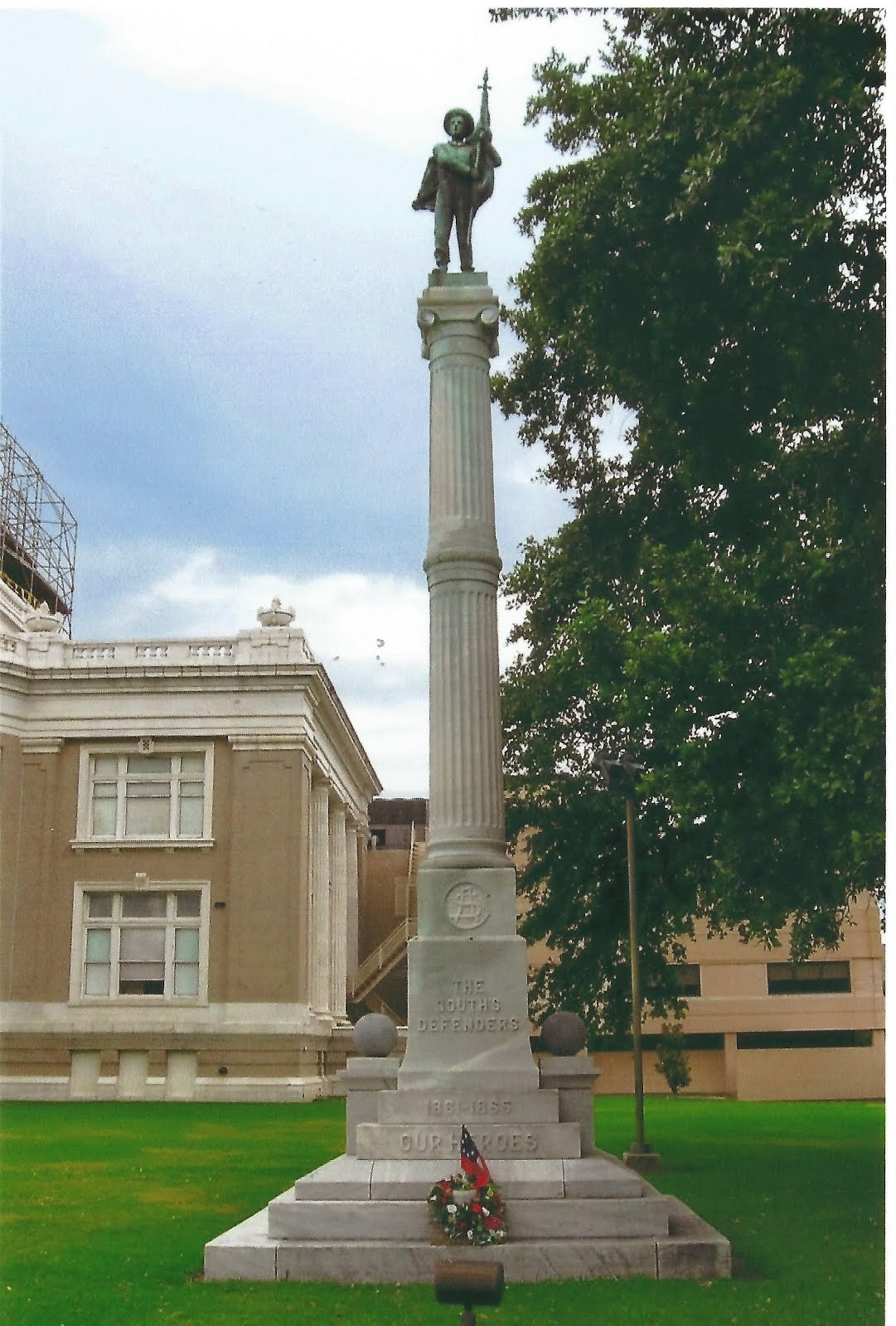







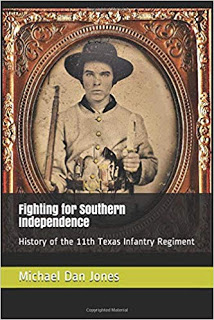
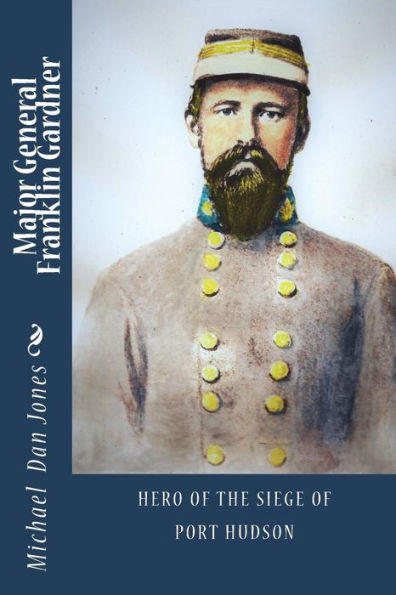




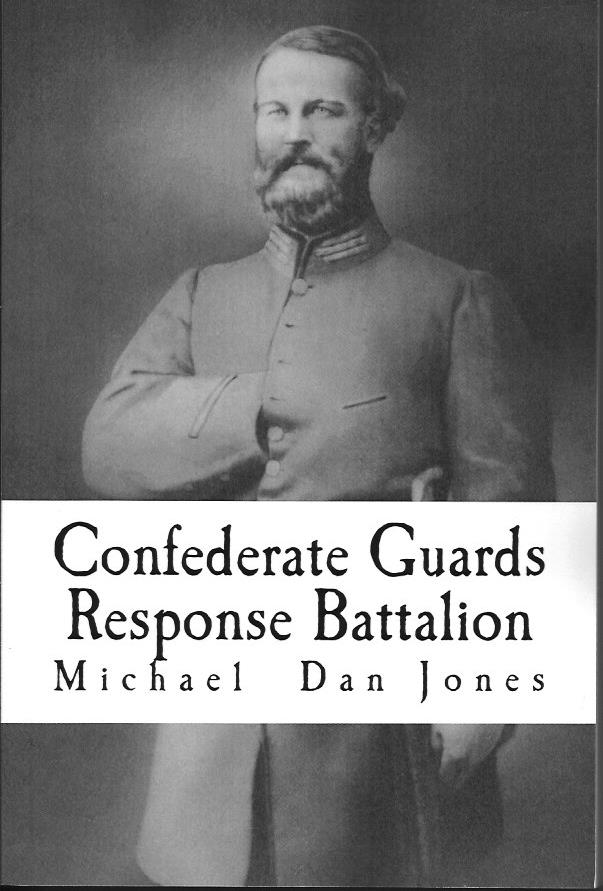
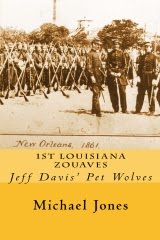

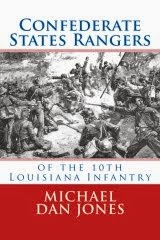









.jpg)






.jpg)



.jpg)





.jpg)










